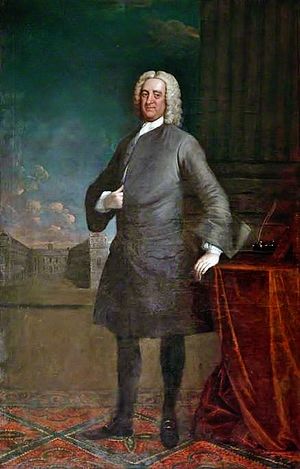호로나임
HoronaimHoronaim(히브리어:.mw-parser-output.script-hebrew,.mw-parser-output .script-Hebr{font-family:"라고.남방 한계선 Hebrew","SBL BibLit","Taamey Ashkenaz","Taamey 프랭크 CLM","Frank 룰 CLM","Ezra SIL","Ezra SILSR","Keter 아람 Tsova","Taamey 데이비드 CLM","Keter YG","Shofar","David CLM","Hadasim CLM","Simple CLM","Nachlieli",Cardo,Alef,"Noto 세리프 Hebrew","Noto 썽 Hebrew","David Libre",David,".TimesNewRoman",Gisha,Arial,FreeSerif,FreeSans}חוֹרֹנַיִם Ḥōrōnayīm은 쪽 모압 땅에)[1]는, 모압 나라에 대한 두 히브리 성경 말씀에 언급된:성경 예레미야의(48), 그리고 성경 이사야의에서,(15). 2 Samuel (13:34)에서는, Septuagint 텍스트( additionδοῦ τῆς τωω ωω)ων)))의 덧셈을 호로나임(예: horonaim)으로 번역하기도 한다. NIV, ISV, 비록 전치사만큼 작은 것에서 유래될 수 있지만.[2]
호로나임과 호로난 성(모압 사람: 𐤇𐤅𐤓𐤍𐤍 *Ḥawrānān),[3] named in the Mesha Stele (lines 31 and 32).[4] 그 이름은 호론 신으로부터 [5]유래된 것일 수도 있고 동굴, 동굴, 텅 빈 곳, 계곡에 대한 서양의 셈어로부터 유래된 것일 수도 있다.[6]
참고 항목
참조
- ^ חֹרֹנַיִם
- ^ Fincke, Andrew (2001). The Samuel scroll from Qumran : 4qSama restored and compared to the Septuagint and 4Samc. Leiden: Brill. p. 215. ISBN 9004123709.
- ^ W. Randall Garr (2004). Dialect Geography of Syria-Palestine, 1000-586 B.C.E. Eisenbrauns. pp. 37–. ISBN 978-1-57506-091-0. OCLC 1025228731.
- ^ Hallo, William W; Younger, K. Lawson, eds. (2003). The Context of Scripture: Canonical compositions, monumental inscriptions and archival documents from the biblical world. Vol. II. Brill. p. 138, note g. ISBN 1423714490.
- ^ van der Toorn, Karel; Becking, Bob; Willem van der Horst, Pieter (1999). "Horon". Dictionary of Deities and Demons in the Bible. Eerdmans. p. 425. ISBN 9780802824912.
- ^
 Easton, Matthew George (1897). "Horonaim". Easton's Bible Dictionary (New and revised ed.). T. Nelson and Sons.[1]에서 Strong의 히브리어.
Easton, Matthew George (1897). "Horonaim". Easton's Bible Dictionary (New and revised ed.). T. Nelson and Sons.[1]에서 Strong의 히브리어.


